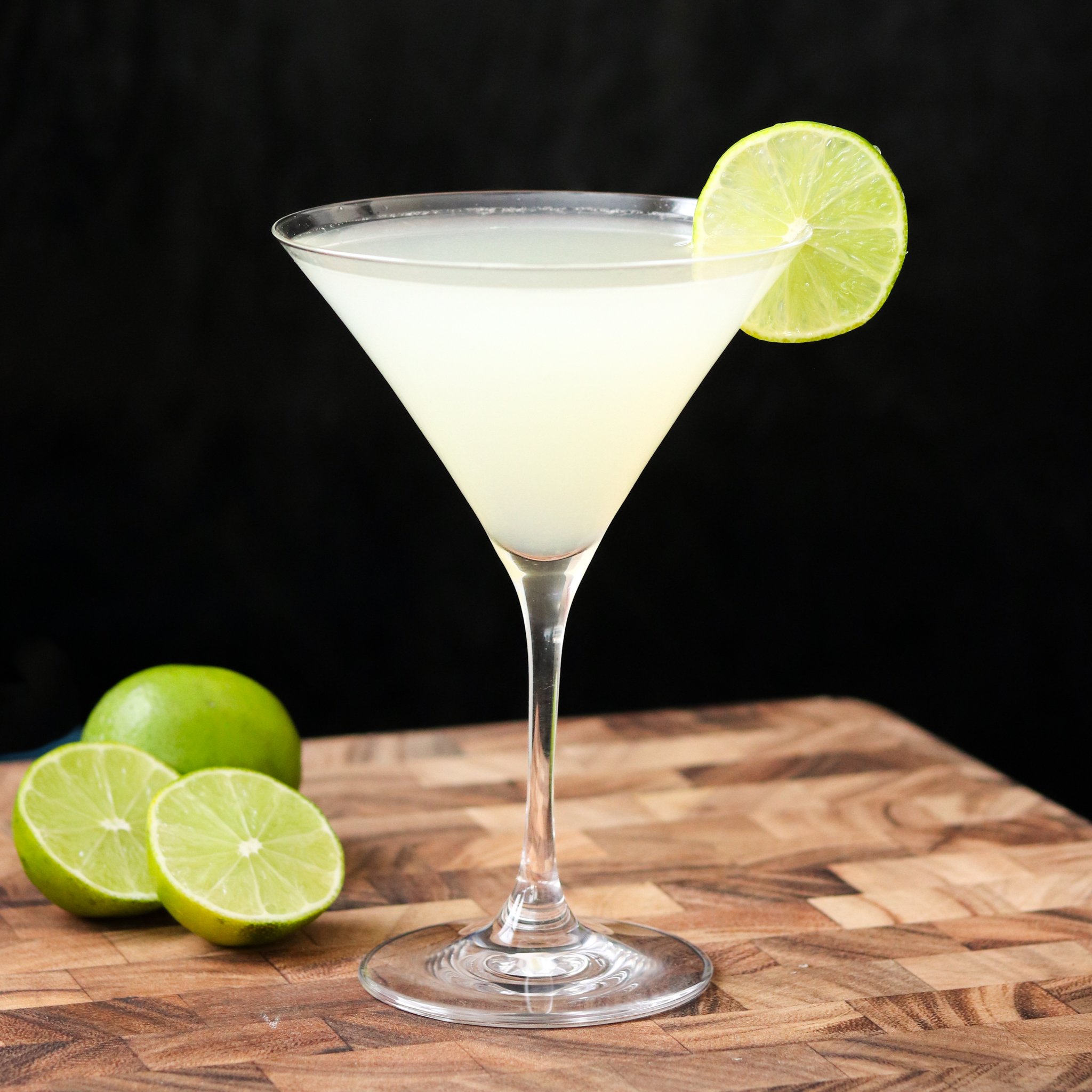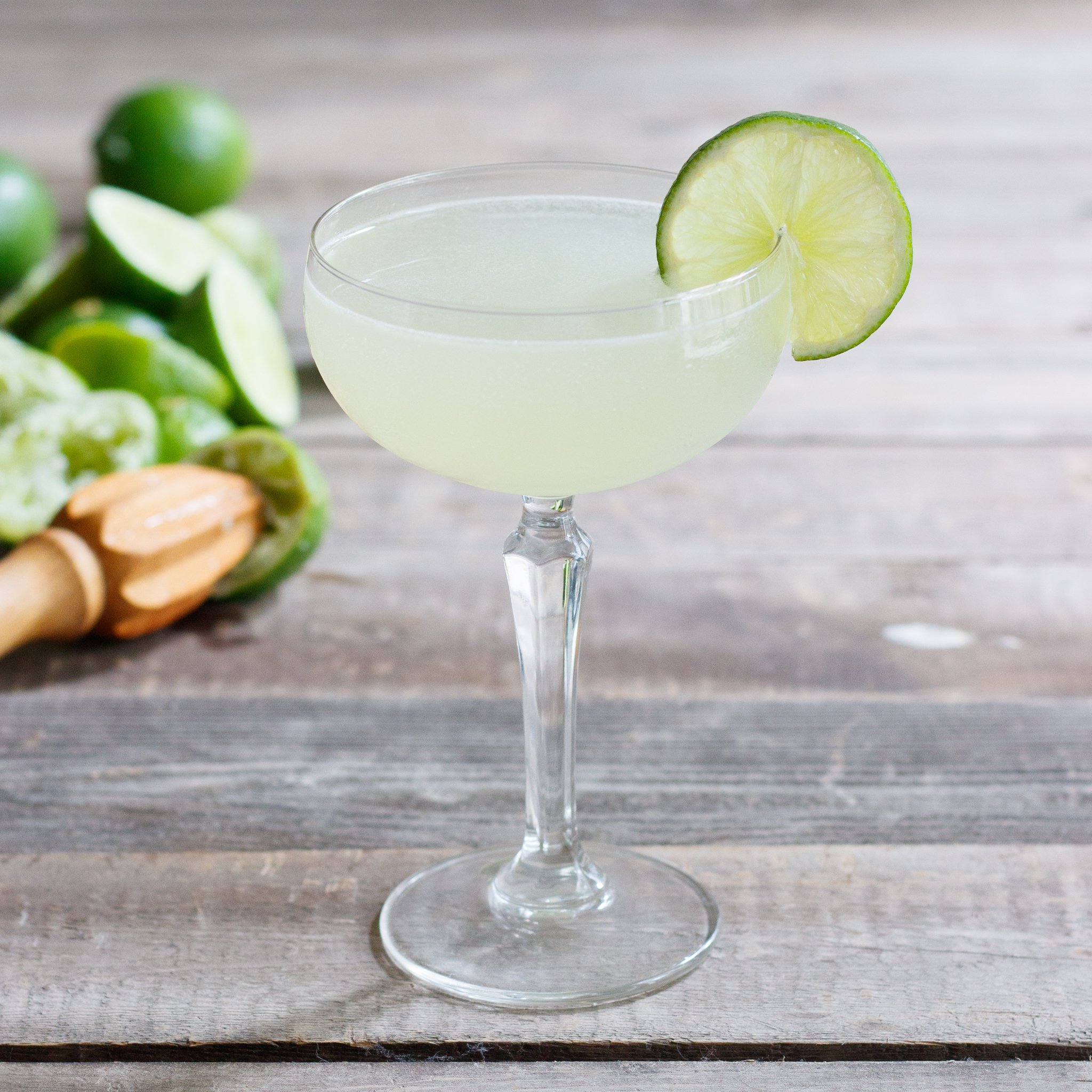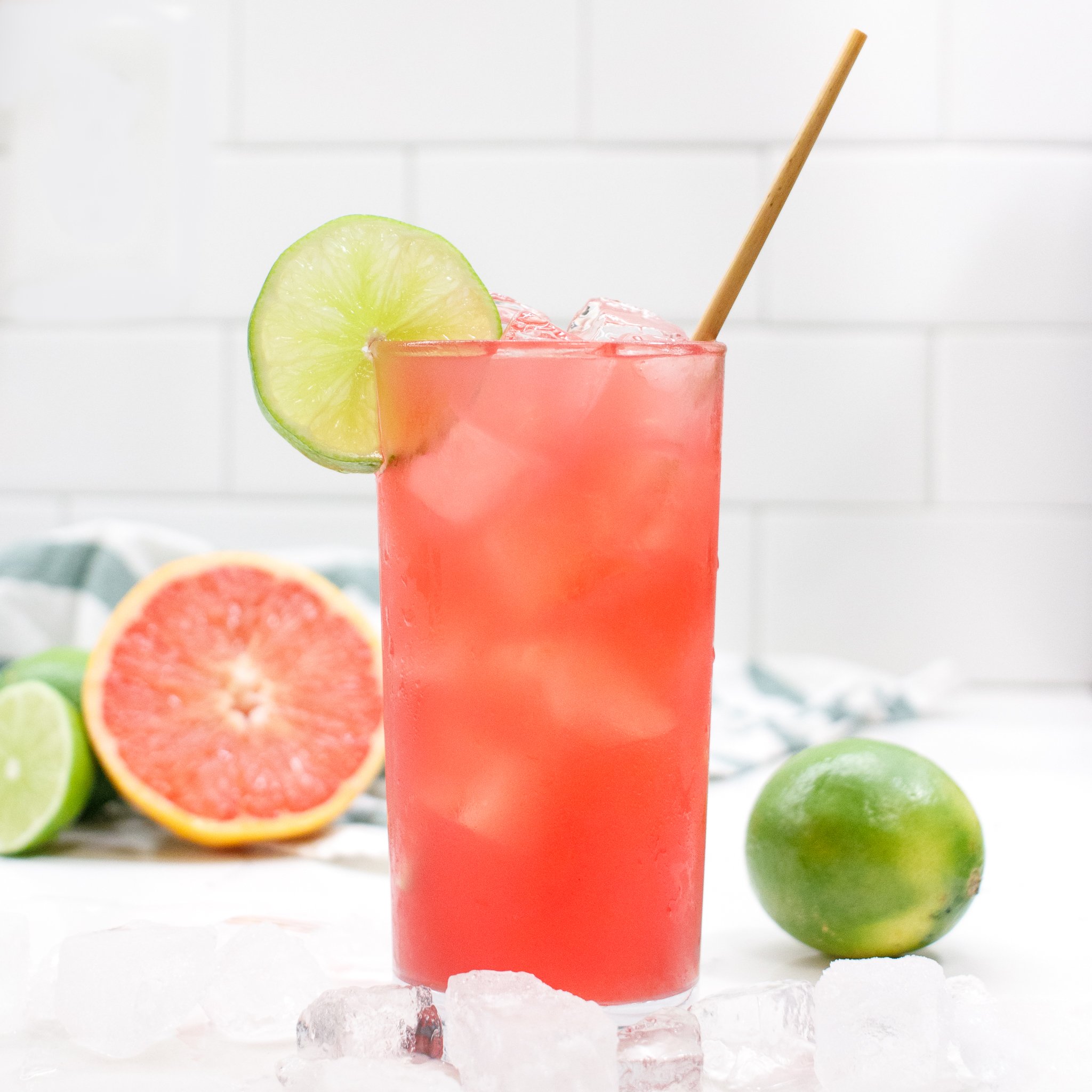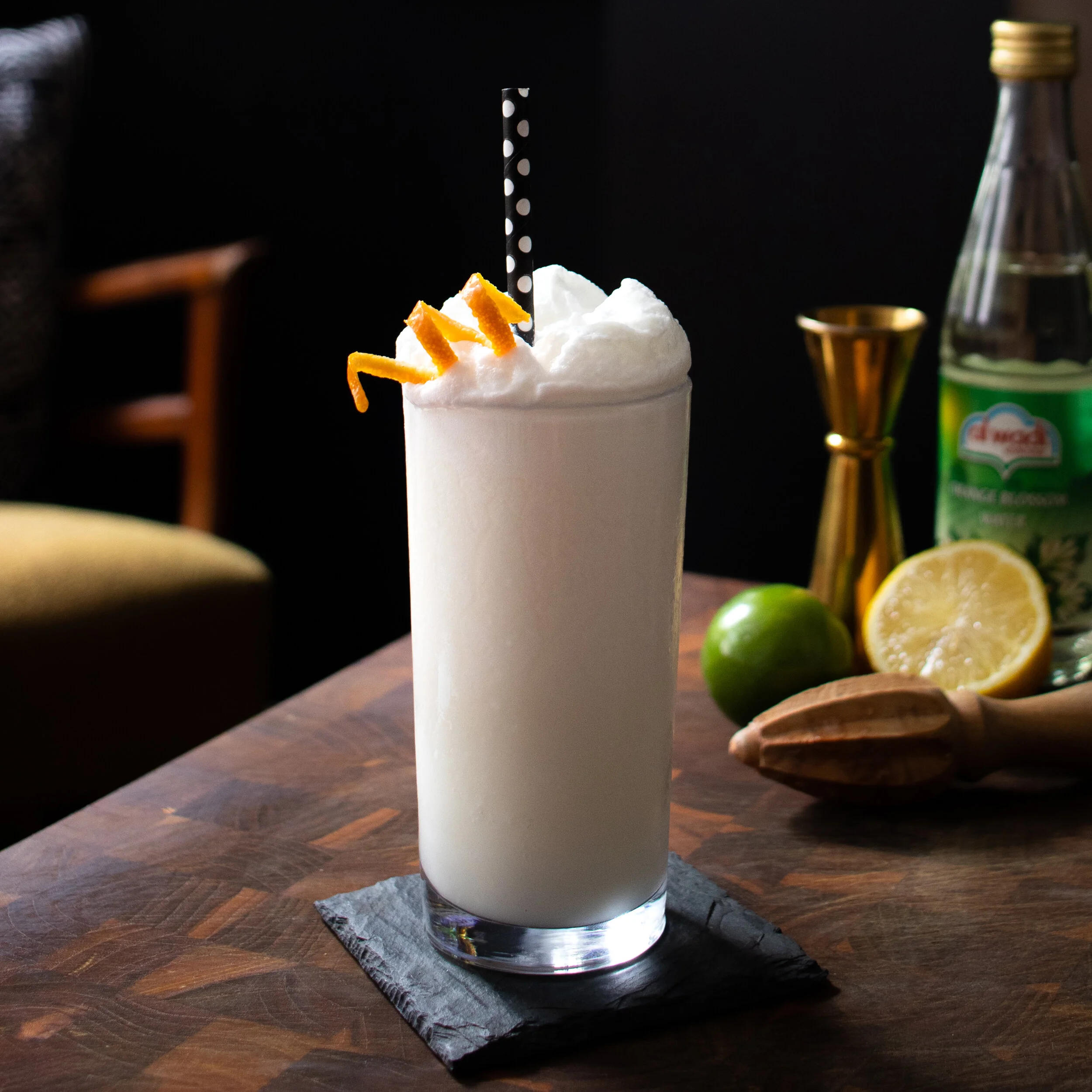The gimlet is one of our absolute favorite drinks, and as it turns out, it also has a really interesting history.
During the height of British colonialism, scurvy was a serious problem on English ships. In the 17th century we began to understand that consuming citrus fruit helped prevent it, but we still didn’t really understand how or why, and people were resistant to accept that the cure could be so simple and easy, so the scurvy remained one of the most common illnesses on board ships. We know today that scurvy is caused by a Vitamin C deficiency that’s easily cured by the vitamins in citrus, but it took centuries for citrus rations to become standard practice on ships. Finally in 1867 the Merchant Shipping Act made it mandatory for all British ships to carry rations of lime juice for the crew, and the sailors started adding the lime juice to their booze, earning them the nickname 'Limeys'. In fact, rum was often used as a preservative to keep the lime juice from spoiling on long voyages.
The same year the Merchant Shipping Act went into effect, a Scottish shipyard owner named Lauchlin Rose patented a process for preserving fruit juice with sugar rather than alcohol. To give his product wider appeal he packaged the mixture in an attractive bottle and named it 'Rose's Lime Cordial'.
Legend has it that while lowly sailors liked to drink their lime juice with rum, officers preferred gin and soon started mixing Rose's lime cordial with their gin, thus creating the gimlet out of necessity rather than pleasure. They would have been drinking it warm of course, there was no ice on their ships, but they developed a taste for it and brought it back to British society. It turns out that lime and gin are a match made in heaven, and chilled with ice, the gimlet blew up. It was delicious, sweet, easy to make, and easier to drink.
Though the drink was popular since the mid-19th century, the name Gimlet didn’t appear in print until the 1920s. After that though, it was in cocktail books across the globe. As for where name comes from, a 'gimlet' was a small tool used to tap the barrels of spirits which were carried on British Navy ships. Most people believe this is where the name comes from. Another story cites a naval doctor, Rear-Admiral Sir Thomas Desmond Gimlette, who is said to have mixed gin with lime 'to help the medicine go down'. This story is possible but not exactly plausible. First of all, during his career mixing lime juice and gin was already standard practice, and the possibility that the cocktail was named after him wasn’t mentioned in any of the literature about him during his lifetime, nor in his obituary.
The most common, original recipe was simply ½ rose’s lime cordial and ½ gin.
The problem is, the recipe for roses has been changed over the years, and Rose’s lime cordial is now known as roses lime juice. This syrupy sweet, artificial tasting new recipe makes for a syrupy sweet, artificial tasting gimlet. But modern tastes have also changed, and most people prefer a slightly less sweet gimlet.
Some cocktail nerds will complain that the modern standard recipe of mixing gin with fresh lime juice and simple syrup isn’t a gimlet at all, but rather a gin daiquiri. What’s wrong with that?
I’ve also seen some bartenders use a mix of fresh lime juice and rose’s lime juice rather than simple syrup.
Some purists have come up with recipes to try to replicate their own version of the original rose’s lime cordial at home, but the recipe we’ve shared above is the simpler, modern gin daiquiri version of the gimlet, which is seriously fucking delicious.










